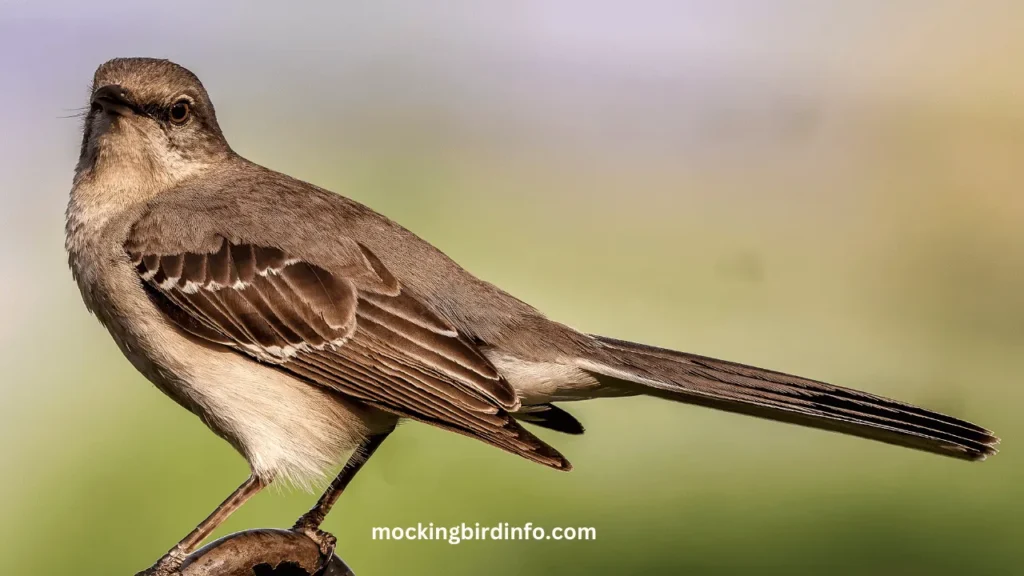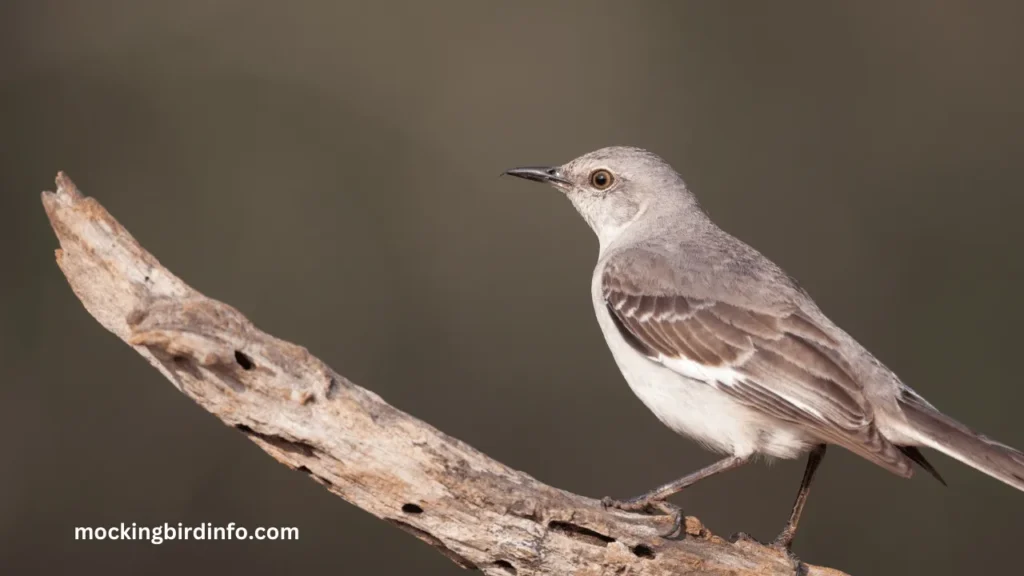If you’ve ever been captivated by a bird’s song that seemed to echo the sounds of many different creatures, you were likely listening to a mockingbird.
This bird, known for its bold behavior and unparalleled vocal mimicry, is more than just another member of the local wildlife—it’s a symbol of nature’s surprising adaptability and creativity.
Recognizing a mockingbird isn’t only an exercise in birdwatching; it’s an opportunity to witness firsthand the unique blend of beauty and intelligence that sets these birds apart.
The art of identifying a mockingbird goes beyond noticing its signature song. It involves understanding its appearance, behavior, and how it interacts with its surroundings.
Knowing how to identify one can enhance your appreciation of nature and deepen your connection to the outdoors. Whether you’re in your backyard or at a local park, spotting a mockingbird adds excitement to any birdwatching adventure.
This article will take you through the key elements of identifying a mockingbird, including its physical characteristics, vocal abilities, and distinctive behaviors.
By the end, you’ll be equipped with the knowledge needed to spot and enjoy these remarkable birds, enriching your nature experiences.

Contents
Physical Characteristics
Size and Shape: The mockingbird is generally 8 to 11 inches long, with a slender and elegant body. Its size makes it comparable to a robin, but its shape is more elongated, especially with its long tail. The tail is often fanned out, adding to the bird’s distinctive silhouette.
Plumage: Adult mockingbirds have a grayish-brown back and a pale gray or white underside. The most striking feature is their white wing patches, which are prominent when they fly. Juveniles have similar coloring but may appear slightly duller.
These patches flash visibly during flight, providing a quick and reliable way to identify them from afar.
Beak and Eyes: A mockingbird’s beak is black, slightly curved, and pointed, suitable for its varied diet of insects and fruits. Its eyes are typically a light yellow or brown, and their sharp, alert gaze gives them a confident appearance.
These eyes seem to observe everything in their surroundings, adding to the bird’s reputation for boldness.
Vocalizations
Song: The mockingbird is a true virtuoso of the bird world, known for its repertoire of complex and varied songs. Unlike most birds that have one song, the mockingbird can learn and replicate the sounds of other bird species, animals, and even mechanical noises like car alarms.
These songs are delivered in a sequence, with each phrase repeated a few times before moving on to the next. This unique ability to mimic gives them a distinctive advantage in both attracting mates and defending territory.
Calls: Besides their impressive songs, mockingbirds have a series of calls that serve various functions. Their alarm calls are sharp and loud, designed to ward off potential predators or threats.
They also have territorial calls, which signal other birds to keep their distance. These calls, although less melodic than their songs, are essential for communication and survival.
Night Singing: One remarkable trait is their tendency to sing at night, particularly unmated males during the breeding season. This nocturnal singing is not only mesmerizing but also indicative of their intense drive to establish territory and attract a mate.

Behavior
Territorial Behavior: One of the most noticeable behaviors of mockingbirds is their aggressive territorial defense. During the breeding season, they will chase away larger birds like crows and even small mammals.
This behavior ensures that their nest remains secure and that food sources are preserved for their young. Their courage in defending their territory is a testament to their bold and confident nature.
Foraging Habits: The diet of a mockingbird is diverse, reflecting its adaptability. They are omnivores and feed on insects, fruits, and even small berries.
When foraging, you might spot them hopping along the ground, scanning for insects, or perched on branches picking fruits. Their feeding behavior changes with the seasons, focusing more on insects in warmer months and fruits during colder times.
Perching Habits: A mockingbird loves to perch in high, open spots, such as tree branches, power lines, or fences. This gives them a clear view of their territory and the opportunity to broadcast their songs. These perching habits make them easy to spot and are an essential aspect of their daily activities.
Identifying Similar Species
Similar Species: Mockingbirds can sometimes be confused with similar birds like the gray catbird or loggerhead shrike. The gray catbird is also known for its mimicking abilities, but it lacks the white wing patches and has an overall darker, slate-gray color.
Loggerhead shrikes are similar in size but have a more pronounced black mask and a stouter body.
Distinguishing Features: To tell a mockingbird apart from these similar birds, look for its long tail, white wing patches, and vocal behavior.
Unlike the catbird, which typically mimics in shorter bursts, the mockingbird‘s song is extended and more elaborate. This makes it a key identifier during birdwatching.
Tips for Birdwatching
Best Times for Observation: The best times to observe mockingbirds are early in the morning or during the late afternoon when they are most active and vocal.
Spring and summer are especially vibrant seasons as males sing to attract mates and defend territory.
Using Field Guides: A bird field guide is an invaluable tool for confirming your observations. Choose guides with detailed illustrations or photos that highlight the key features of mockingbirds.
Apps with bird calls can also help you identify them by sound.
Joining Birdwatching Groups: Being part of a birdwatching community can help you learn more about local sightings and share tips on spotting mockingbirds.
These groups often organize birdwatching events that offer the perfect opportunity to practice identifying birds in their natural habitats.
Conclusion
Recognizing a mockingbird is an enriching experience that goes beyond noting its appearance. It requires understanding its distinct physical traits, versatile vocal abilities, and dynamic behaviors.
By learning these characteristics, you not only become better at identifying mockingbirds but also appreciate their role in the ecosystem.
Take the time to listen to their intricate songs, observe their fearless territorial displays, and watch their agile foraging. These moments will deepen your connection to nature and make your birdwatching adventures more rewarding.
FAQs
1. What is the typical size of a mockingbird?
Mockingbirds are typically 8 to 11 inches in length, with a slender body and long tail.
2. What do mockingbirds eat?
They are omnivores, feeding on insects, fruits, and berries.
3. How can I identify a mockingbird’s song?
Their song is a medley of varied, mimicked sounds, repeated in sequences.
4. Where do mockingbirds live?
They can be found in open areas, such as suburban yards, parks, and edges of forests.
5. Are mockingbirds aggressive?
Yes, especially during the breeding season, when they aggressively defend their territory.
6. What are the distinctive colors of a mockingbird?
They have a grayish-brown back and a white or pale underside, with white wing patches.








